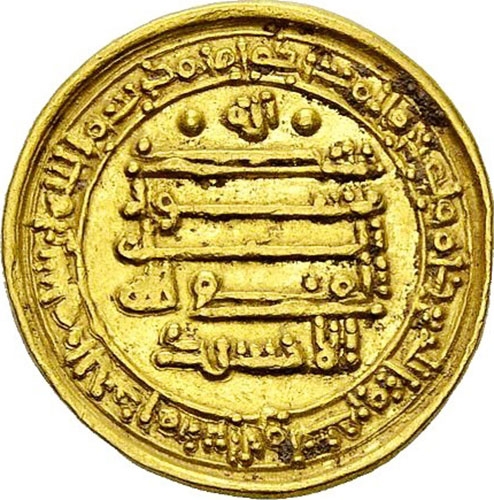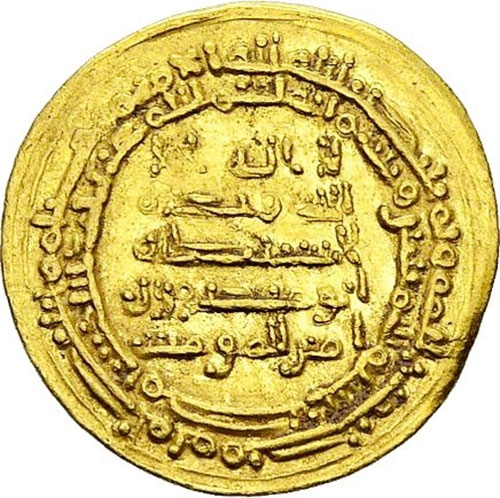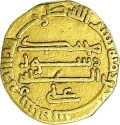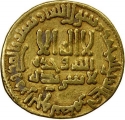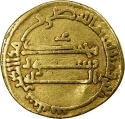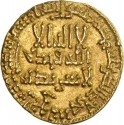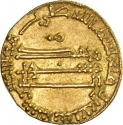You are about to finish your registration. Please check your mailbox (including spam folder). There should be a letter with a confirmation link. Check setting to make sure that your e-mail address is correct.
Send letter againDescription
The Abbasid Caliphate (Arabic: الْخِلَافَةُ الْعَبَّاسِيَّة) was the third caliphate to succeed the Islamic prophet Muhammad. It was founded by a dynasty descended from the prophet's uncle, Abbas ibn Abdul-Muttalib (566–653 CE), from whom the dynasty takes its name. They ruled as caliphs for most of the caliphate from their capital in Baghdad in modern-day Iraq, after having overthrown the Umayyad Caliphate in the Abbasid Revolution of 750 CE (132 AH). The Abbasid Caliphate first centered its government in Kufa, modern-day Iraq, but in 762 the caliph Al-Mansur founded the city of Baghdad, near the ancient Babylonian capital city of Babylon. Baghdad became the center of science, culture and invention in what became known as the Golden Age of Islam. This, in addition to housing several key academic institutions, including the House of Wisdom, as well as a multiethnic and multi-religious environment, garnered it a worldwide reputation as the "Center of Learning".
Abu Ishaq Ibrahim ibn Jaʿfar al-Muqtadir better known by his regnal title Al-Muttaqi (908– 968) was the Abbasid Caliph in Baghdad from 940 to 944. His reign marked the start of the 'later Abbasid period' (940–1258).
The Ikhshidid dynasty was a Turkic mamluk dynasty that ruled Egypt and the Levant from 935 to 969. Muhammad ibn Tughj al-Ikhshid, a Turkic Mamluk soldier, was appointed governor by the Abbasid Caliph al-Radi. The dynasty carried the Arabic title "Wāli" reflecting their position as governors on behalf of the Abbasids. The Ikhshidids came to an end when the Fatimid army conquered Fustat in 969. The Ikhshidid family tomb was in Jerusalem.
Obverse

|
Depicts the inscriptions in Arabic "For God", "Muhammad is the Messenger of God", "al-Muttaqi lillah", "al-Ikhshid", and “He sent him with guidance and the true religion to make it victorious over every religion although those who associate others with God dislike it.” لله |
|---|---|
Reverse

|
Depicts the inscriptions in Arabic “There is no god but God alone / He has no associate", ""Abu Mansour son of the Commander of the Faithful", "To God belongs the command before and after, and at that time the believers will rejoice in the victory of God" and "In the name of God. This dinar was struck in Misr (Egypt) in the year 333." لا اله الا |
| Edge |
